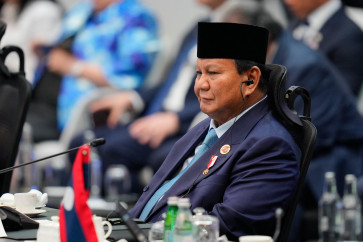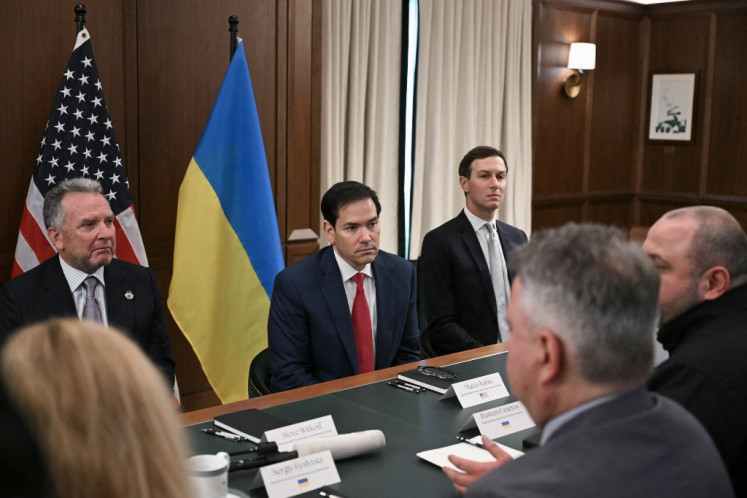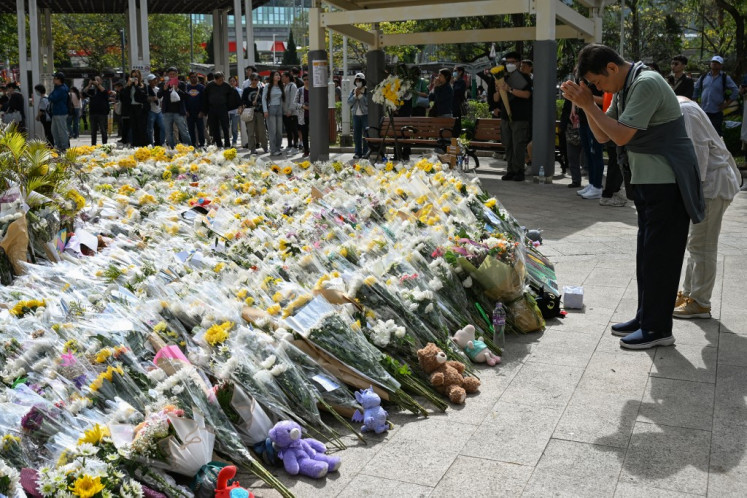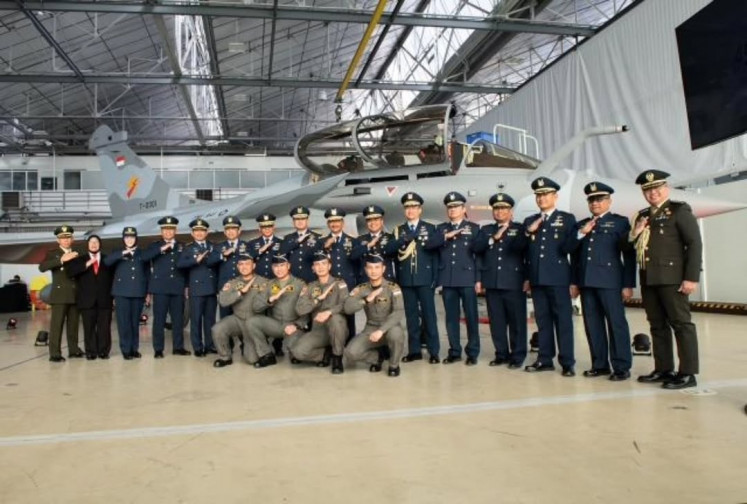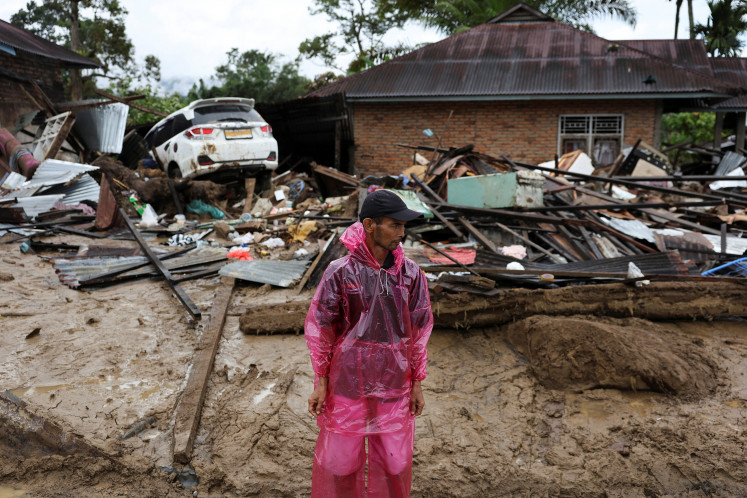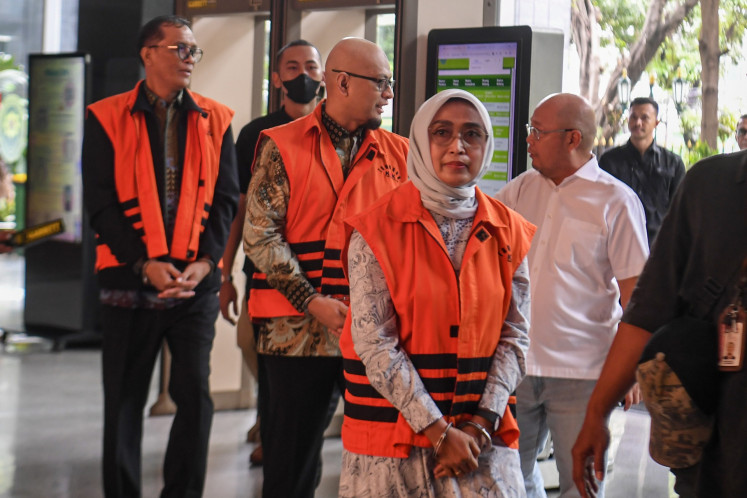Popular Reads
Top Results
Can't find what you're looking for?
View all search resultsPopular Reads
Top Results
Can't find what you're looking for?
View all search resultsWhat does NATO's 5% spending deal really mean?
Only a handful of allies -- such as Poland and the Baltic states -- are coming close to five percent at the moment, with the United States itself under 3.4 percent in 2024.
Change text size
Gift Premium Articles
to Anyone
N
ATO leaders are set to sign off Wednesday at their Hague summit on a defense spending pledge to satisfy US President Donald Trump's demand for a headline figure of five percent of GDP.
Here are the details of what NATO is signing up to:
Five percent? Not really
Trump has insisted NATO countries hit the five-percent bar -- well beyond the current two percent baseline level currently required by the alliance.
Only a handful of allies -- such as Poland and the Baltic states -- are coming close to five percent at the moment, with the United States itself under 3.4 percent in 2024.
NATO's 32 nations have thrashed out a compromise deal to dedicate 3.5 percent to core military needs by 2035, and 1.5 percent to broader "defense-related" areas such as cybersecurity and infrastructure.
That gives Trump the win he craves while granting cash-strapped European governments some wiggle room.
Nevertheless, it is still a major ask for many governments and will add hundreds of billions to budgets in the coming years.
3.5 percent on what?
The bulk of the spending is still required to go on NATO's key focus area: raw military might.
Alliance members last month signed up to new targets for all the hardware they need to face off against the threat from Russia.
The exact details are secret but it will involve the biggest ramp-up in capabilities since the Cold War.
NATO chief Mark Rutte said it envisions a five-fold increase in the alliance's air defenses and adding thousands more tanks and armored vehicles to arsenals.
Countries will also likely keep counting the billions of dollars in military aid they give to Ukraine in this category.
And the 1.5 percent?
The rest of the pledge covers a far broader array of areas from bridges and roads, to cybersecurity.
NATO says these items -- while not immediately evident -- are also crucial to helping defend against any attack.
"If you can't get tanks to the front lines because the roads or bridges or rail can't handle those tanks and their weight, then obviously they're worthless," US NATO ambassador Matthew Whitaker said.
NATO officials admit that much of this spending will already be on the books of national governments -- and will just need to be redesignated.
Italy for instance has said it believes a long-planned bridge it wants to build linking Sicily to mainland should fall under that category.
Will anyone check?
Ensuring countries stick to the deal is a key element, as previous NATO pledges have often not been respected.
Officials had originally floated a plan to have NATO members commit to increases of 0.2 percentage points a year until they hit the target.
That was eventually dropped in the face of opposition from governments who didn't want to have their feet to the fire.
Now countries will have to submit reports each year to NATO showing that they are stepping up and buying what is needed.
There will also be a review of sorts in 2029 when NATO comes up with new targets for arms needed and the demands could be adjusted.
And looming over everyone's shoulder if they don't make good on their promise will be the unpleasant prospect of upsetting Trump.
Is anyone exempt?
It depends who you ask.
Spain -- which has been one of NATO's lowest spenders -- claims it won't have to hit the five percent target after striking a side deal with Rutte.
But the NATO chief has insisted that there is no "opt-out" from the agreement and every country will have to step up to the levels set.



